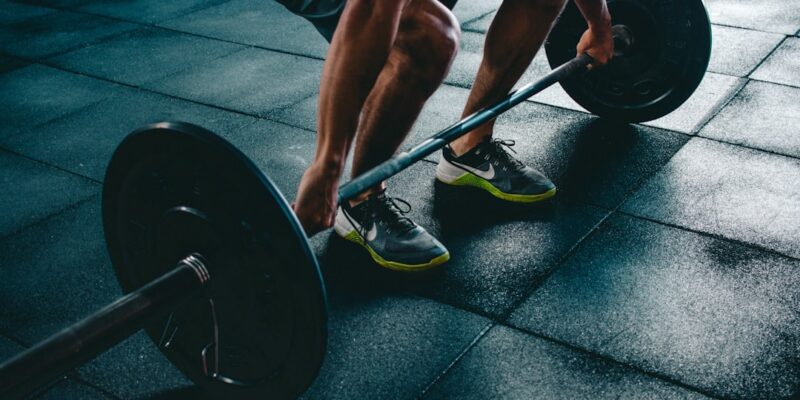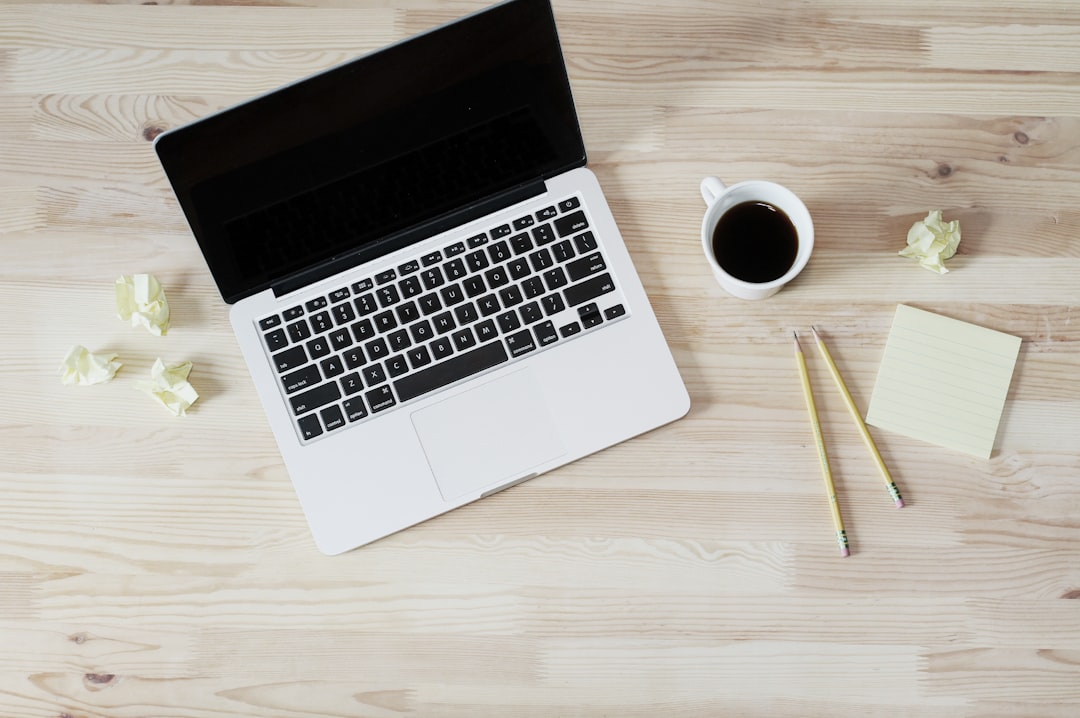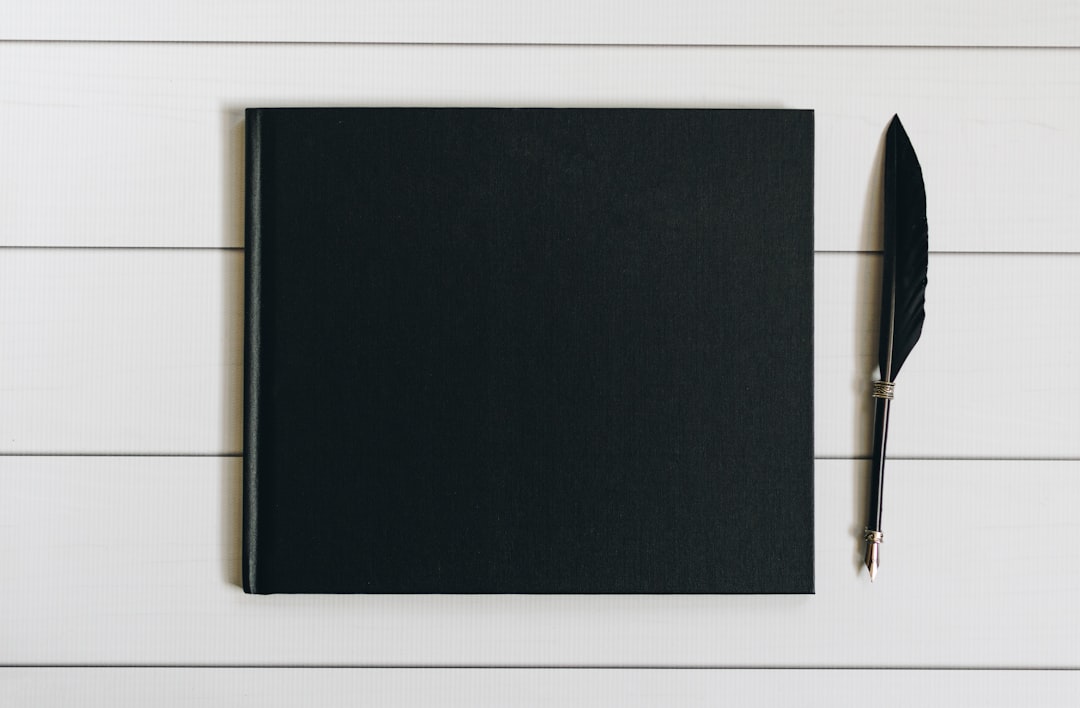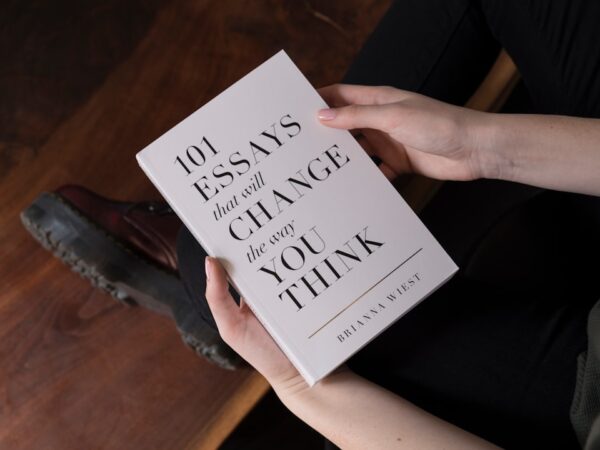
Top Workout Books for Women: Achieve Your Fitness Goals
Having a structured workout plan is essential for anyone looking to achieve their fitness goals. Whether you’re a beginner or an experienced fitness enthusiast, having a plan in place can help you stay focused, motivated, and on track. One tool that can greatly assist in this process is a workout book. Workout books provide a comprehensive guide to help you design and track your workouts, making it easier to stay organized and see progress over time.
Key Takeaways
- Workout books are essential for women’s fitness goals
- Regular exercise has numerous benefits for women’s health and wellbeing
- Top 10 workout books for women have been comprehensively reviewed
- Effective workouts for women are backed by science
- Tailoring workouts to suit your body type and fitness level is crucial for success
The Benefits of Regular Exercise for Women’s Health and Wellbeing
Regular exercise offers numerous benefits for women’s health and wellbeing. Physically, exercise helps to improve cardiovascular health, increase strength and flexibility, and maintain a healthy weight. It can also reduce the risk of chronic diseases such as heart disease, diabetes, and certain types of cancer. Mentally, exercise has been shown to reduce stress, improve mood, boost self-confidence, and enhance cognitive function.
Incorporating regular exercise into your daily routine is crucial for reaping these benefits. It’s recommended that adults engage in at least 150 minutes of moderate-intensity aerobic activity or 75 minutes of vigorous-intensity aerobic activity per week, along with muscle-strengthening activities on two or more days per week. By making exercise a priority and finding activities that you enjoy, you can make it a sustainable part of your lifestyle.
Top 10 Workout Books for Women: A Comprehensive Review
1. “The New Rules of Lifting for Women” by Lou Schuler and Alwyn Cosgrove
This book is a comprehensive guide to strength training for women. It provides detailed workout plans, nutritional guidance, and tips for overcoming common challenges.
2. “Strong Curves” by Bret Contreras and Kellie Davis
Focused on building strong glutes and overall strength, this book offers targeted workouts and nutrition advice specifically tailored to women.
3. “Thinner Leaner Stronger” by Michael Matthews
This book provides a science-based approach to building a lean and strong physique. It includes workout plans, nutrition guidance, and tips for optimizing results.
4. “The Women’s Health Big Book of Exercises” by Adam Campbell
Featuring over 600 exercises, this book offers a wide variety of workouts for women of all fitness levels. It also includes tips for proper form and technique.
5. “Becoming a Supple Leopard” by Kelly Starrett
While not specifically targeted towards women, this book is a valuable resource for anyone looking to improve mobility and prevent injuries. It offers exercises and techniques for optimizing movement and performance.
6. “Yoga Anatomy” by Leslie Kaminoff and Amy Matthews
For those interested in yoga, this book provides a detailed look at the anatomy and alignment principles behind each pose. It offers valuable insights for practicing yoga safely and effectively.
7. “The Bar Method: Dancer’s Body Advanced Workout” by Burr Leonard
This book focuses on the barre workout method, which combines elements of ballet, Pilates, and yoga. It offers detailed instructions and modifications for achieving a toned and sculpted physique.
8. “The Runner’s World Big Book of Running for Beginners” by Jennifer Van Allen, Bart Yasso, and Amby Burfoot
For women interested in running, this book provides a comprehensive guide to getting started. It includes training plans, tips for injury prevention, and advice on nutrition and gear.
9. “The Pilates Body” by Brooke Siler
This book offers a comprehensive guide to Pilates, including detailed instructions for each exercise and modifications for different fitness levels. It also provides information on the principles behind the Pilates method.
10. “The Ultimate Bodybuilding Cookbook” by Kendall Lou Schmidt
While not specifically targeted towards women, this cookbook offers a wide range of nutritious recipes to support muscle growth and recovery. It includes meal plans and tips for optimizing nutrition.
The Science Behind Effective Workouts for Women
| Metrics | Description |
|---|---|
| Heart Rate | Measuring heart rate during exercise can help determine the intensity of the workout and ensure it is within the target heart rate zone for optimal results. |
| Repetitions | The number of times an exercise is repeated can impact muscle growth and strength. It is important to find the right balance between too few and too many repetitions. |
| Rest Time | Rest time between sets can affect the body’s ability to recover and build muscle. Finding the right amount of rest time is crucial for effective workouts. |
| Resistance | The amount of weight or resistance used during strength training can impact muscle growth and strength. It is important to gradually increase resistance over time. |
| Cardiovascular Exercise | Incorporating cardiovascular exercise into a workout routine can improve overall health and fitness, as well as aid in weight loss. |
| Flexibility | Including stretching and flexibility exercises can improve range of motion and reduce the risk of injury during workouts. |
Understanding the science behind effective workouts is crucial for designing a program that will help you achieve your fitness goals. Two key principles to consider are progressive overload and specificity.
Progressive overload refers to gradually increasing the demands placed on your body in order to continue making progress. This can be done by increasing the weight, repetitions, or intensity of your workouts over time. By challenging your muscles and cardiovascular system in this way, you can stimulate growth and improvement.
Specificity refers to the idea that your training should be specific to your goals. For example, if your goal is to improve strength, you should focus on resistance training exercises that target the major muscle groups. If your goal is to improve cardiovascular fitness, you should incorporate activities that elevate your heart rate for an extended period of time.
Tailoring Workouts to Suit Your Body Type and Fitness Level
It’s important to tailor your workouts to suit your individual needs, including your body type and fitness level. Understanding your body type can help you determine which types of exercises and training methods are most effective for you. For example, if you have an ectomorph body type (naturally thin with a fast metabolism), you may need to focus on strength training and consuming enough calories to support muscle growth. On the other hand, if you have an endomorph body type (naturally curvy with a slower metabolism), you may need to focus on both strength training and cardiovascular exercise to burn calories and reduce body fat.
In terms of fitness level, it’s important to start where you are and gradually progress from there. If you’re a beginner, it’s best to start with low-impact activities such as walking or swimming, and gradually increase the intensity and duration of your workouts as you build strength and endurance. If you’re more advanced, you can incorporate higher-intensity activities such as running or HIIT (high-intensity interval training) into your routine.
Maximizing Results with Nutrition and Recovery Strategies
While exercise is important for achieving fitness goals, nutrition and recovery are equally crucial. Proper nutrition provides the fuel your body needs to perform and recover from workouts, while adequate rest allows your muscles to repair and grow.
To optimize nutrition, focus on consuming a balanced diet that includes a variety of whole foods such as fruits, vegetables, lean proteins, whole grains, and healthy fats. It’s also important to stay hydrated by drinking plenty of water throughout the day.
In terms of recovery, make sure to prioritize sleep and rest days. Aim for 7-9 hours of quality sleep each night to allow your body to repair and recharge. Additionally, listen to your body and take rest days as needed to prevent overtraining and reduce the risk of injury.
The Importance of Goal Setting and Tracking Progress
Setting specific, measurable goals is essential for staying motivated and on track with your fitness journey. Whether your goal is to lose weight, build strength, or improve endurance, having a clear target can help you stay focused and make progress.
When setting goals, it’s important to make them realistic and achievable. Break them down into smaller milestones that you can work towards over time. For example, if your ultimate goal is to run a marathon, start by setting smaller goals such as running a 5k or completing a half marathon.
Tracking your progress is also important for staying accountable and seeing how far you’ve come. This can be done through various methods such as keeping a workout journal, using a fitness app or wearable device, or taking progress photos. Celebrate your achievements along the way to stay motivated and inspired.
Building Confidence and Overcoming Common Fitness Challenges
Starting a fitness journey can be intimidating, and many women face common challenges along the way. Building confidence is key to overcoming these challenges and staying committed to your goals.
One way to build confidence is to focus on the process rather than the outcome. Instead of fixating on a specific number on the scale or a certain dress size, focus on how exercise makes you feel and the progress you’re making in terms of strength, endurance, and overall wellbeing.
Another way to build confidence is to surround yourself with a supportive community. This can be done by joining a fitness class or group, finding a workout buddy, or seeking support from friends and family. Having others who share your goals and can provide encouragement and accountability can make a big difference.
Tips for Staying Motivated and Consistent with Your Workouts
Staying motivated and consistent with your workouts is crucial for long-term success. Here are some tips to help you stay on track:
1. Set realistic goals: Setting goals that are achievable and realistic will help you stay motivated and avoid feeling overwhelmed.
2. Find activities you enjoy: Choose activities that you genuinely enjoy doing. This will make it easier to stay motivated and look forward to your workouts.
3. Mix it up: Incorporate variety into your workouts to keep things interesting. Try different types of exercises, classes, or outdoor activities to prevent boredom and challenge your body in new ways.
4. Schedule your workouts: Treat your workouts like any other important appointment by scheduling them in advance. This will help you prioritize exercise and make it a non-negotiable part of your routine.
5. Track your progress: Keep track of your workouts, measurements, and achievements to see how far you’ve come. This can provide motivation and remind you of the progress you’re making.
6. Reward yourself: Set up small rewards for reaching milestones or sticking to your workout routine. This can help keep you motivated and give you something to look forward to.
How Workout Books Can Help Women Achieve Their Fitness Goals
In conclusion, workout books are an essential tool for women looking to achieve their fitness goals. They provide structure, guidance, and accountability, making it easier to stay organized and track progress over time. By incorporating regular exercise into their daily routines, women can experience numerous physical and mental health benefits. Understanding the science behind effective workouts, tailoring workouts to individual needs, and maximizing results with nutrition and recovery strategies are all important factors in achieving fitness goals. Additionally, setting specific goals, tracking progress, building confidence, and staying motivated and consistent are key to long-term success. Investing in a workout book and starting a fitness journey today can help women take control of their health and wellbeing.
FAQs
What are workout books for females?
Workout books for females are books that provide guidance and instructions on exercises and workouts specifically designed for women.
Why should females use workout books?
Females can benefit from workout books as they provide a structured and organized approach to fitness, helping them achieve their fitness goals effectively and efficiently.
What are the best workout books for females?
The best workout books for females vary depending on individual preferences and fitness goals. Some popular options include “The Women’s Health Big Book of Exercises” by Adam Campbell, “Strong Curves” by Bret Contreras, and “Bigger Leaner Stronger” by Michael Matthews.
What should females look for in a workout book?
Females should look for workout books that are tailored to their fitness goals, provide clear instructions and illustrations, and offer a variety of exercises to prevent boredom and plateauing.
Can workout books replace a personal trainer?
While workout books can provide valuable guidance and instruction, they cannot replace the personalized attention and feedback that a personal trainer can offer. It is recommended to consult with a trainer before starting a new workout program.


















